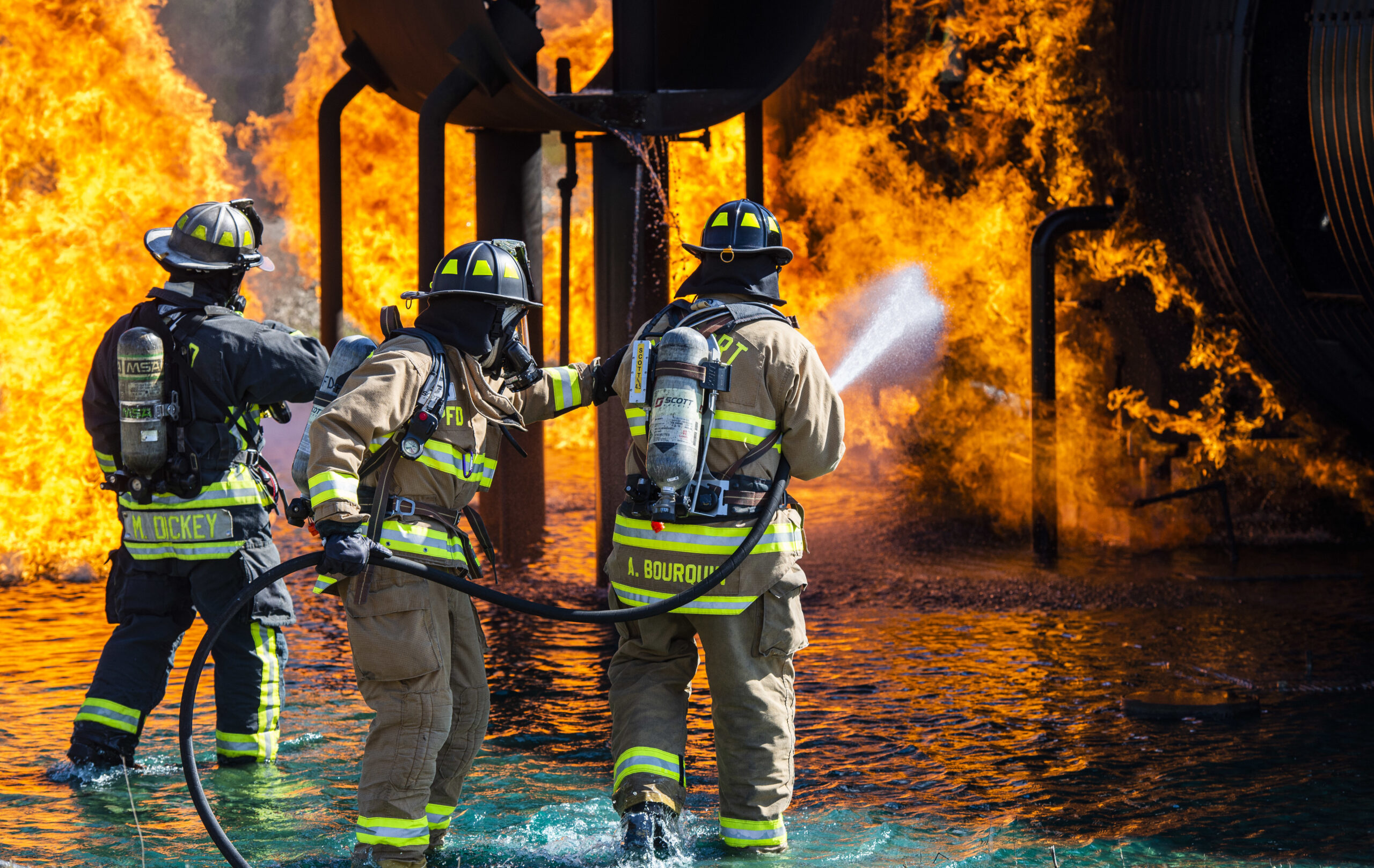Specialized Aviation Training for Firefighters
Introduction
Specialized aviation training for firefighters is an essential component of emergency response capabilities, especially in regions prone to wildfires and other aerial emergencies. This post explores the critical role of specialized aviation training for firefighters, detailing the unique challenges they face, the skills required, and the training methodologies used to prepare them for aerial firefighting operations.
The Role of Firefighters in Aviation Emergencies
Firefighters play a crucial role in responding to aviation emergencies, which can include aircraft crashes, fires at airports, or wildfires spreading towards populated areas. Their responsibilities often extend beyond traditional firefighting to include rescue operations, hazardous material handling, and medical assistance. In aviation emergencies, quick and effective response is vital to minimizing casualties and property damage.
Challenges in Aviation Firefighting
Aviation firefighting presents unique challenges that require specialized training:
- Aircraft Knowledge: Understanding different types of aircraft, their construction, and potential hazards such as fuel leaks or battery fires is crucial.
- Response Speed: The rapid deployment of resources to remote or inaccessible locations is essential to contain fires before they spread.
- Coordination: Effective communication and coordination with air traffic control, pilots, and other emergency responders are essential for safe and efficient operations.
- Environmental Factors: Weather conditions, terrain, and visibility can significantly impact firefighting efforts, requiring adaptability and situational awareness.
Skills Required for Aviation Firefighters
Aviation firefighters need a diverse set of skills to handle complex and dynamic emergency situations:
1. Fire Suppression Techniques
- Foam and Water Application: Techniques for using foam and water to suppress fires, including specialized equipment such as fire trucks and aircraft rescue firefighting (ARFF) vehicles.
- Retardant and Gel Drops: Training on the use of fire retardants and gels dropped from aircraft to create firebreaks and protect structures.
2. Aircraft Familiarity
- Aircraft Recognition: Identifying different types of aircraft and understanding their unique firefighting challenges.
- Emergency Procedures: Protocols for approaching, accessing, and evacuating aircraft in emergency situations.
3. Rescue and Medical Skills
- Extrication: Techniques for safely extricating passengers and crew from aircraft involved in accidents.
- Medical Response: Basic first aid and life support skills to stabilize injured individuals before transport to medical facilities.
4. Hazardous Materials Handling
- Chemical Awareness: Identification and management of hazardous materials that may be present on aircraft or at crash sites.
- Personal Protective Equipment (PPE): Proper use of PPE to protect against chemical, biological, radiological, and nuclear (CBRN) hazards.
Training Methodologies for Aviation Firefighters
Effective training methodologies ensure that aviation firefighters are prepared for diverse scenarios:
1. Practical Exercises and Drills
- Live Fire Training: Controlled burns and simulated aircraft fires to practice firefighting techniques in realistic conditions.
- Mock Scenarios: Simulated emergencies involving multiple agencies to test coordination and response capabilities.
2. Simulator Training
- Flight Simulators: Practice scenarios involving aircraft emergencies and fire suppression operations in a virtual environment.
- ARFF Simulators: Specialized simulators that replicate the challenges of aircraft rescue firefighting, including foam application and emergency response procedures.
3. Classroom Instruction
- Theory and Regulations: Understanding aviation regulations, emergency response protocols, and the latest firefighting techniques.
- Case Studies: Analysis of past aviation incidents to learn from successes and failures in emergency response.
4. Cross-Training with Aviation Personnel
- Collaborative Training: Joint exercises with pilots, air traffic controllers, and airport personnel to improve communication and coordination during emergencies.
Advancements in Aviation Firefighting Technology
Technological advancements continue to enhance aviation firefighting capabilities:
- Unmanned Aerial Vehicles (UAVs): Drones equipped with thermal imaging and firefighting payloads for reconnaissance and fire suppression.
- Advanced Firefighting Agents: Development of eco-friendly fire retardants and gels that are effective in aerial applications.
- Communication and Tracking Systems: Integration of GPS and communication systems to monitor firefighting operations and ensure safety.




